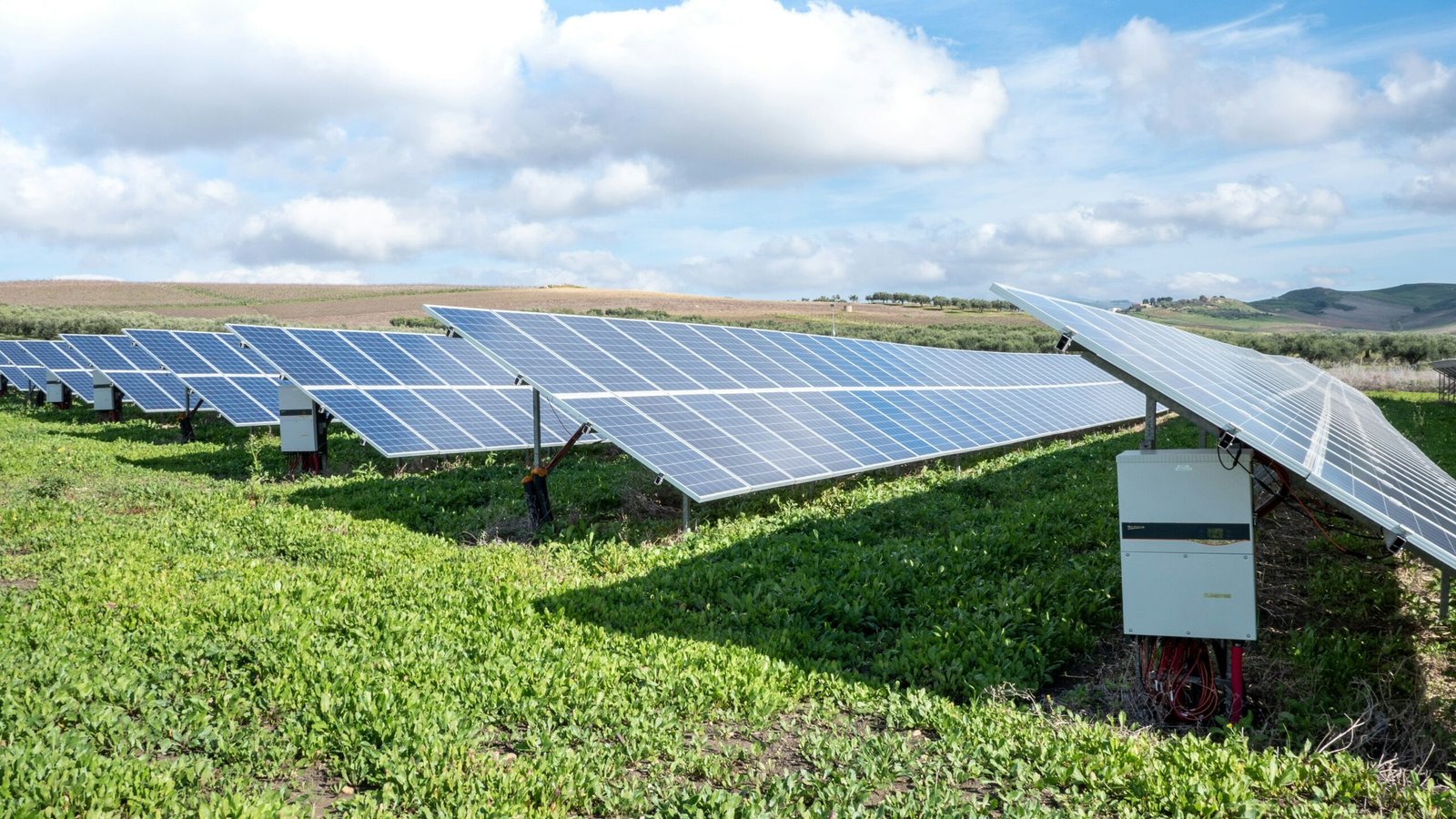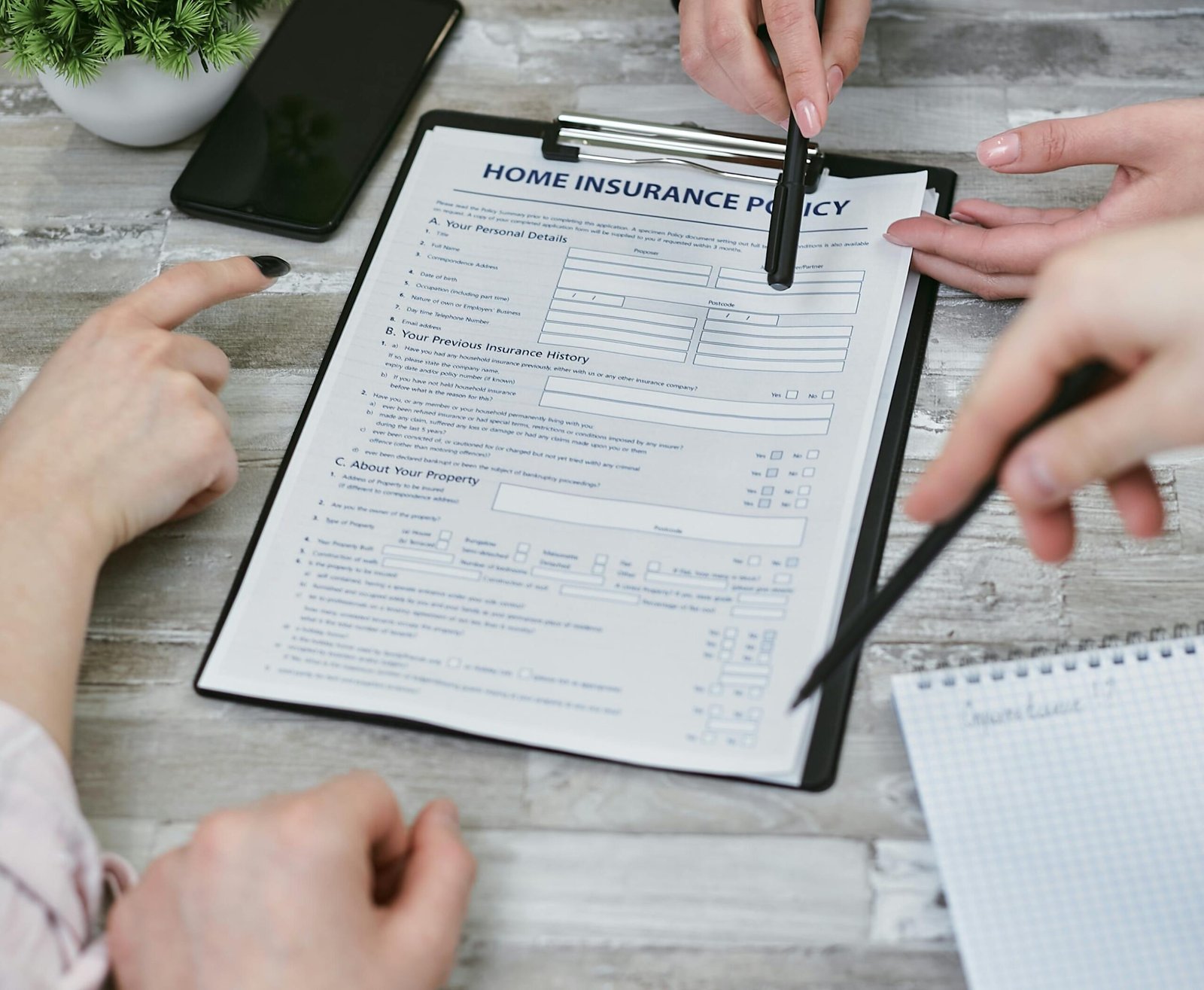When it comes to ensuring the safety of your barn, proper lighting is key. Whether you use your barn for storage, as a workspace, or a shelter for animals, having a well-lit environment is important for both productivity and security. In this article, we will share some top tips to help you maintain a safe and well-lit barn. By following these guidelines, you can minimize the risk of accidents, improve visibility, and create a welcoming space for all your barn activities.
Choosing the right lighting fixtures
Having the right lighting fixtures in your barn is essential for the safety and functionality of the space. When choosing lighting fixtures, there are a few key considerations to keep in mind.
Consider the type of lighting
The type of lighting you choose for your barn can impact both the ambiance and the functionality of the space. Consider whether you need task lighting, ambient lighting, or a combination of both. LED lighting is a popular choice for its energy efficiency and long lifespan.
Ensure proper installation
Proper installation of lighting fixtures is crucial to ensure their safe and effective operation. If you’re not experienced with electrical work, it’s best to hire a licensed electrician to handle the installation. They will ensure that the fixtures are correctly wired and securely mounted.
Check for safety certifications
When purchasing lighting fixtures, always look for safety certifications such as UL (Underwriters Laboratories) listing. These certifications indicate that the product has undergone rigorous testing to ensure it meets industry safety standards.
Maintain appropriate brightness levels
Ensuring appropriate brightness levels in your barn is important for visibility and safety. Consider the activities that take place in your barn and choose lighting fixtures with appropriate lumen output. It’s also important to regularly clean the fixtures to maintain optimal brightness.
Placement of lighting fixtures
Proper placement of lighting fixtures can greatly enhance the functionality and safety of your barn. Consider the following factors when positioning your lights.
Avoid placing fixtures near flammable materials
It’s essential to keep your lighting fixtures away from any potentially flammable materials such as hay, straw, or wood shavings. Placing fixtures too close to these materials can create a fire hazard.
Strategically position fixtures for optimal coverage
When positioning your lighting fixtures, aim for even and consistent lighting throughout the barn. Consider the layout of the space and place fixtures in strategic locations to ensure adequate coverage without any dark spots.
Install lighting in critical areas
Identify the areas of your barn that require the most illumination, such as walkways, stalls, or work areas. Make sure these areas are well-lit to promote safety and productivity.
Consider different lighting zones
To have more control over the lighting in your barn, consider dividing it into different lighting zones. This allows you to adjust the brightness levels in specific areas, depending on the activities or time of day.

This image is property of images.unsplash.com.
Proper wiring and electrical considerations
Proper wiring and electrical considerations are vital to prevent electrical hazards and ensure the seamless operation of your lighting system.
Use appropriate wiring for outdoor use
If you’re installing outdoor lighting, it’s essential to use wiring specifically designed for outdoor use. Outdoor-rated wiring is weatherproof and better equipped to handle the elements.
Install Ground Fault Circuit Interrupters (GFCIs)
GFCIs are crucial in barns because they protect against electrical shock hazards. Install GFCIs in all electrical circuits that supply power to your lighting fixtures. These devices can quickly detect electrical faults and shut off power to prevent injury.
Protect wiring from physical damage
Exposed or damaged wiring can pose a serious safety risk. Protect your wiring from physical damage by using conduit or cable protectors. Inspect your wiring regularly and address any signs of wear or exposed wires promptly.
Regularly check for loose connections
Loose connections can lead to electrical issues and potential fire hazards. Regularly check all electrical connections in your lighting system to ensure they are secure and tight. If you notice any loose connections, tighten them or seek professional assistance.
Regular maintenance and inspection
Regular maintenance and inspection of your lighting system are crucial to ensure its safety and longevity. Follow these guidelines to keep your lighting fixtures in top condition.
Clean fixtures to remove dust and debris
Dust and debris can accumulate on your lighting fixtures over time, reducing their brightness and efficiency. Regularly clean your fixtures to remove any dirt or debris, allowing them to shine at their full potential.
Inspect wiring for signs of wear or damage
Periodically inspect the wiring in your barn for signs of wear, damage, or corrosion. Look for any exposed wires, frayed insulation, or discoloration. If you notice any issues, have them addressed immediately to prevent further damage or potential safety hazards.
Replace faulty or damaged components
If you come across any faulty or damaged components during your inspection, it’s important to replace them promptly. This includes bulbs, wiring, switches, or any other parts that are not working correctly. Using faulty components can pose serious safety risks.
Schedule professional maintenance checks
While you can perform regular maintenance yourself, it’s a good idea to have a professional electrician conduct periodic maintenance checks. They can identify any potential issues that you may have missed and ensure that your lighting system is in optimal condition.

This image is property of images.unsplash.com.
Addressing fire safety concerns
Fire safety should always be a top priority when it comes to barn lighting. Follow these guidelines to minimize the risk of fires.
Keep lighting fixtures away from combustible materials
To prevent fires, ensure that your lighting fixtures are positioned a safe distance away from any combustible materials. This includes hay, straw, wood, or any other flammable substances commonly found in barns.
Install fire-resistant covers on fixtures
Consider installing fire-resistant covers on your lighting fixtures. These covers can help contain any potential fires that may start within the fixture itself, minimizing the risk of a spread.
Regularly check for overheating
Overheating of lighting fixtures can be a sign of electrical issues or a potential fire hazard. Regularly check your fixtures for any excessive heat or signs of overheating. If you notice any issues, contact a professional electrician to investigate and address the problem.
Have appropriate fire extinguishing equipment
Keep fire extinguishers readily accessible in your barn. Make sure they are regularly inspected, properly maintained, and everyone on your property knows how to use them. Having the appropriate fire extinguishing equipment can help in promptly extinguishing small fires before they escalate.
Energy-efficient lighting options
In addition to safety considerations, energy efficiency is another important aspect to keep in mind when choosing barn lighting. Consider these options for energy-saving lighting solutions.
Consider LED lighting for energy savings
LED lighting is highly energy-efficient and can significantly reduce your electricity consumption compared to traditional lighting options. LED bulbs have a long lifespan, reducing the need for frequent replacements.
Install motion sensors for automated lighting
Motion sensors are an excellent addition to barn lighting systems. They automatically turn on the lights when motion is detected and can help save energy by ensuring that the lights are only on when needed.
Utilize timers to control lighting usage
Timers can be used to preset specific lighting schedules, ensuring that lights are on only during necessary times. This can help regulate lighting usage and further save energy.
Invest in solar-powered lighting solutions
Solar-powered lighting solutions are an environmentally friendly option that harnesses the power of the sun. They reduce reliance on electricity and can provide lighting even during power outages.

This image is property of images.unsplash.com.
Enhancing visibility and security
Proper lighting is not only essential for safety but also plays a significant role in enhancing visibility and security in your barn.
Install adequate lighting for clear visibility
To ensure clear visibility in your barn, install lighting fixtures that provide sufficient brightness. Adequate lighting helps prevent accidents and promotes a safe working environment for both humans and animals.
Consider adjustable lighting for specific tasks
Certain tasks or areas in your barn may require focused lighting. Consider installing adjustable lighting fixtures that allow you to direct the light precisely where needed, such as grooming areas or workstations.
Utilize outdoor security lighting
Outdoor security lighting can deter potential intruders and provide added safety and security for your barn. Install motion-activated security lights near entrances or vulnerable areas to illuminate any suspicious activity.
Integrate lighting with a surveillance system
For enhanced security, consider integrating your lighting system with a surveillance system. This allows you to monitor your barn remotely and can help deter theft or vandalism.
Educating and training barn occupants
Proper education and training are essential for maintaining a safe environment when it comes to barn lighting. Implement the following practices to promote safety awareness.
Provide instructions for safe lighting usage
Ensure that all barn occupants understand how to safely operate the lighting system. Provide clear instructions on how to turn lights on and off, how to report any issues, and any specific safety precautions they need to follow.
Train occupants on proper maintenance procedures
Educate barn occupants on the importance of regular maintenance and the proper procedures for cleaning and inspecting lighting fixtures. Encourage them to report any maintenance issues promptly to minimize safety risks.
Teach fire safety protocols
Fire safety should be a top priority in any barn setting. Educate all occupants on fire safety protocols, including knowledge of fire exits, emergency evacuation procedures, and how to promptly report any fire hazards or incidents.
Encourage reporting of electrical issues
Create an environment where barn occupants feel comfortable reporting any electrical issues they encounter. Promptly address and resolve these issues to prevent further complications or safety hazards.

This image is property of images.pexels.com.
Weatherproofing lighting fixtures
As barns are exposed to various weather conditions, it’s important to take measures to weatherproof your lighting fixtures.
Choose fixtures rated for outdoor use
When selecting lighting fixtures for outdoor areas of the barn, ensure that they are specifically designed and rated for outdoor use. These fixtures are built to withstand moisture, dust, and other outdoor elements.
Ensure proper sealing to prevent water damage
Water damage can cause electrical issues and pose safety hazards. Ensure that all outdoor lighting fixtures are properly sealed and protected from water infiltration. Regularly check for any signs of water damage and address them promptly.
Protect against dust, dirt, and pests
Dust, dirt, and pests can accumulate in and around your lighting fixtures, affecting their performance and longevity. Take preventive measures to keep fixtures clean and free from debris. Utilize insect screens or covers to protect the fixtures from pests.
Regularly check for signs of weathering
Exposed to the elements, lighting fixtures can show signs of weathering over time. Regularly inspect your fixtures for any signs of corrosion, rust, or deterioration. Replace any weathered fixtures to ensure continued safety and performance.
Emergency lighting and backup power
In the event of a power outage or emergency situation, having reliable emergency lighting and backup power options is essential.
Install emergency lighting for power outages
Consider installing emergency lighting in critical areas of your barn. Emergency lights are equipped with batteries that automatically activate during a power outage, providing temporary illumination to safely navigate the space.
Consider backup power options
Having a backup power source, such as a generator, can be invaluable during power outages. Backup power ensures that your lighting system continues to function, maintaining a safe and well-lit environment in your barn.
Test emergency lighting regularly
Regularly test your emergency lighting system to ensure that it is in proper working condition. Replace any batteries or bulbs as needed and promptly address any issues identified during testing.
Have a backup lighting plan
In addition to emergency lighting, it’s important to have a backup lighting plan in place. This can include portable battery-operated lights or lanterns that can be easily accessed and used during power outages or emergencies.
By following these barn lighting safety guidelines, you can create a well-lit and safe environment for both humans and animals. Remember, safety should always be the top priority, so make sure to regularly inspect, maintain, and educate all barn occupants on lighting safety practices.



